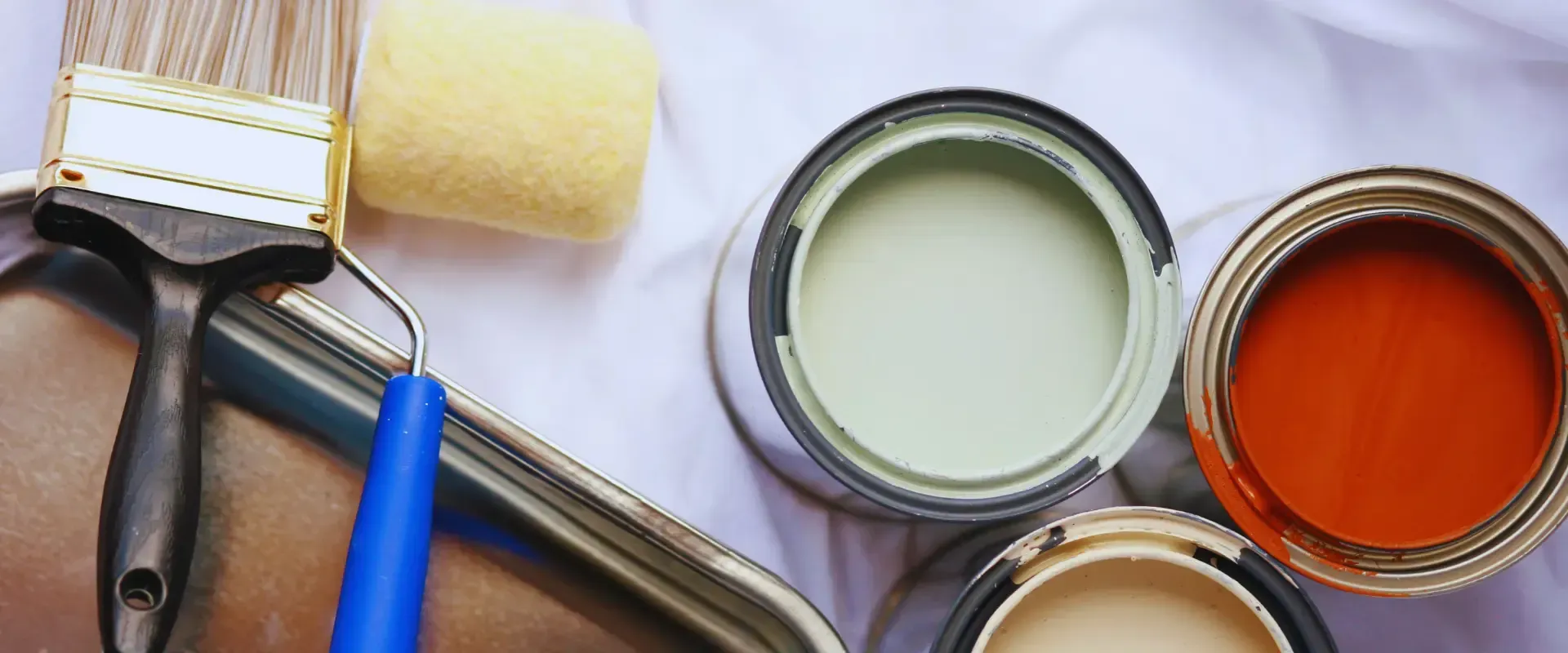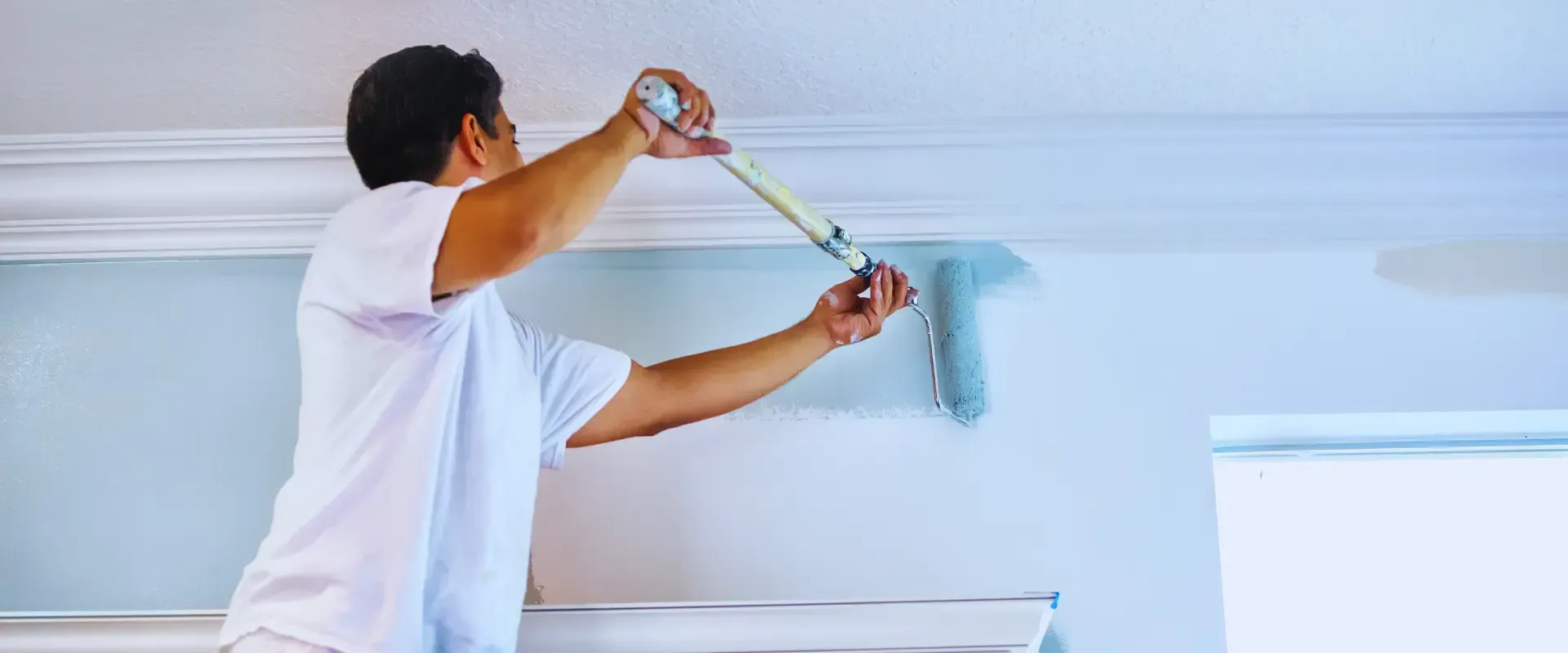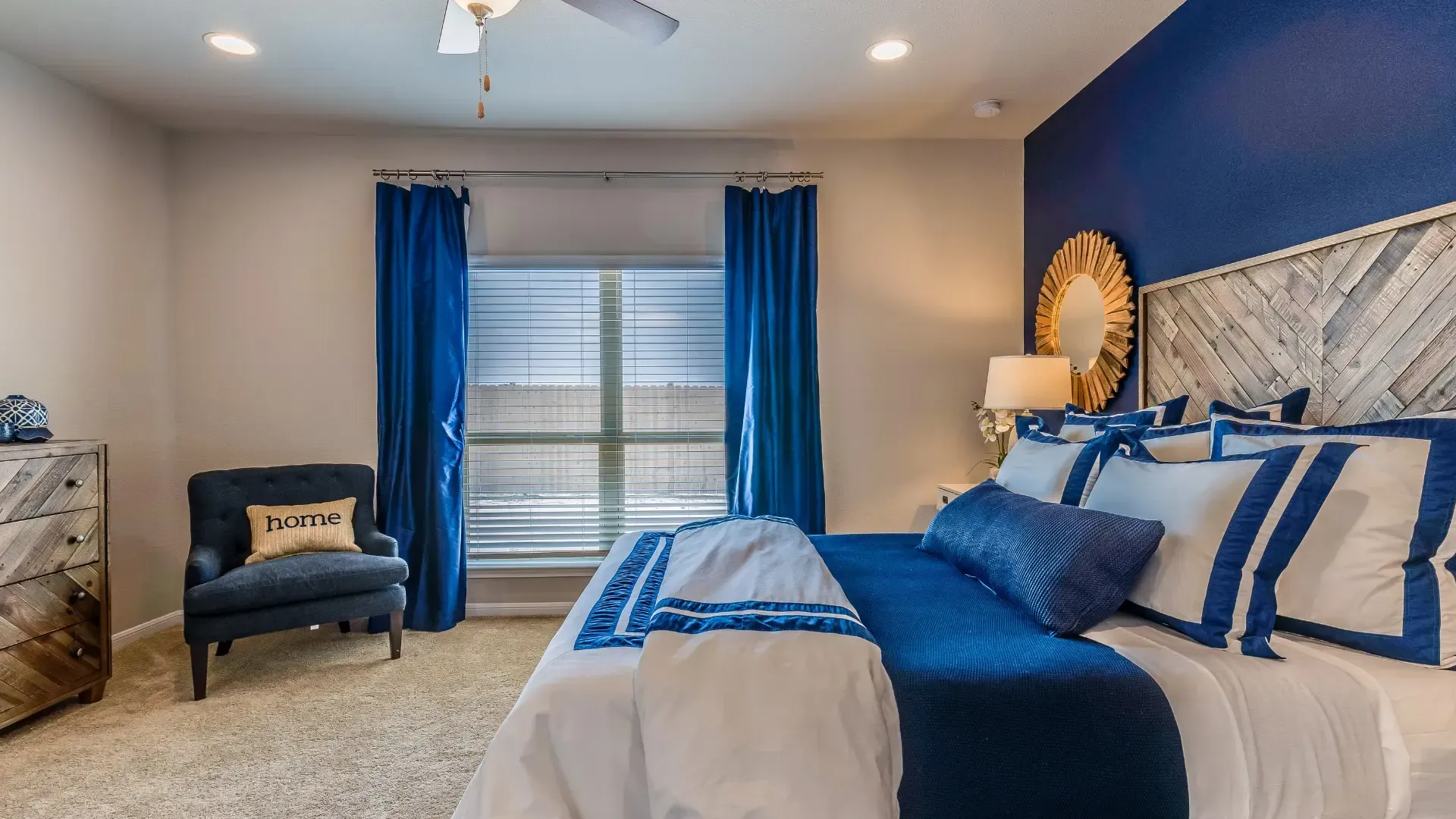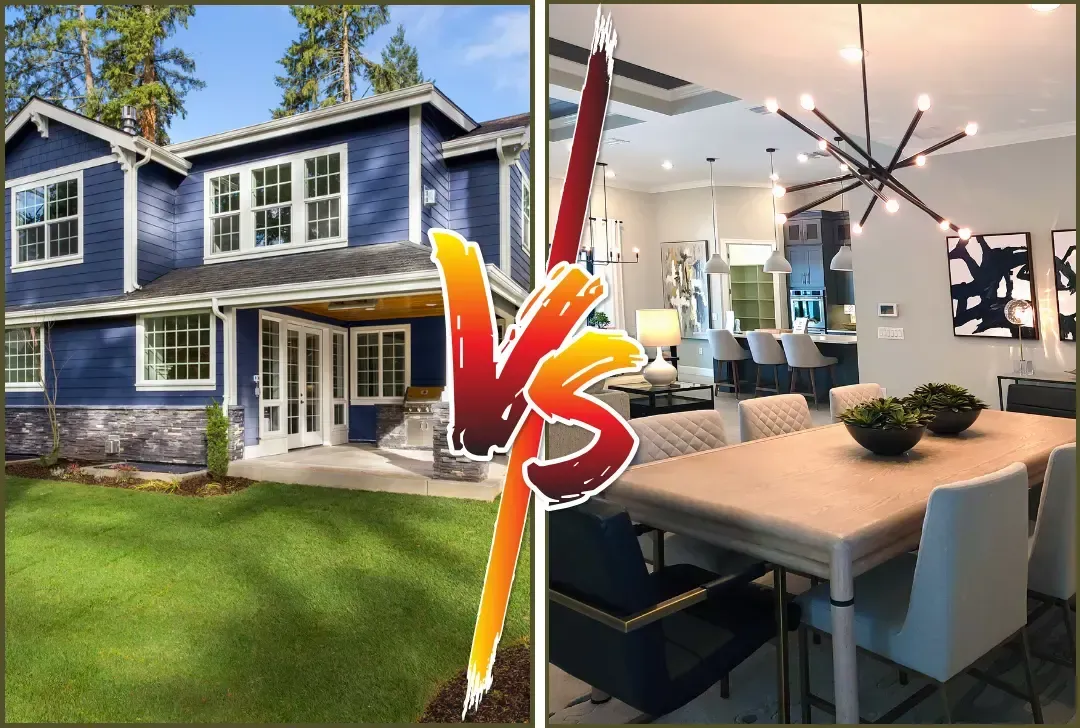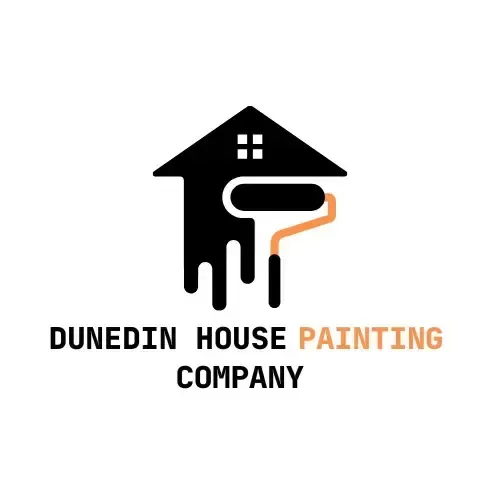The Essential Role of House Painting
Why House Painting Matters
House painting plays a critical role in the overall maintenance and aesthetic appeal of any property. Whether it's enhancing curb appeal with a fresh exterior coat, creating a welcoming atmosphere inside, or ensuring a commercial property looks professional, painting is a fundamental aspect of property care. This article will delve into the importance of house painting, with a special focus on exterior, interior, and commercial painting.
House painting is more than just a cosmetic upgrade. It's a key factor in protecting your home from the elements, preventing damage, and increasing the property's value. The benefits extend beyond appearance, affecting the durability and lifespan of your home’s surfaces.
Protection Against the Elements
One of the primary reasons for house painting is to protect the exterior surfaces from the harsh effects of weather. The sun, rain, snow, and wind all take their toll on your home's exterior, causing paint to chip, fade, and peel over time. A high-quality paint job serves as a protective shield, sealing out moisture and preventing wood from rotting and metal from rusting.
Enhanced Aesthetic Appeal
A fresh coat of paint can dramatically improve the appearance of your home. Whether you're looking to modernize your space with the latest color trends or simply refresh its look, painting is a cost-effective way to achieve a new, polished appearance. The right color can transform a dull room into a vibrant space or make a small space appear larger.
Increased Property Value
A well-maintained home with a professional paint job can significantly increase its market value. Potential buyers are more likely to be impressed by a home that looks clean, well-cared-for, and up-to-date. Exterior painting, in particular, can boost curb appeal, making your property stand out in the neighborhood.

The Importance of Exterior Painting
Exterior painting is essential for maintaining the integrity and appearance of your home. It's the first line of defense against the elements and plays a crucial role in the overall curb appeal of your property.
Durability and Weather Resistance
The exterior of your home is constantly exposed to the elements, making it more susceptible to damage than the interior. High-quality exterior paint provides a layer of protection that helps prevent damage from moisture, UV rays, and temperature fluctuations. This protective layer can help prolong the life of your siding, trim, and other exterior materials, saving you money on repairs and replacements in the long run.
Boosting Curb Appeal
Curb appeal is critical when it comes to making a first impression. A fresh coat of exterior paint can make your home look well-maintained and attractive, increasing its value and appeal to potential buyers. The choice of color also plays a significant role; a well-chosen color palette can highlight your home's architectural features and harmonize with the surrounding environment.
Preventing Structural Damage
Moisture is one of the biggest threats to a home's structural integrity. When exterior paint begins to chip or peel, it exposes the underlying materials to moisture, which can lead to rot, mold, and mildew. Regular exterior painting prevents these issues by creating a barrier that keeps moisture out, preserving the strength and stability of your home.
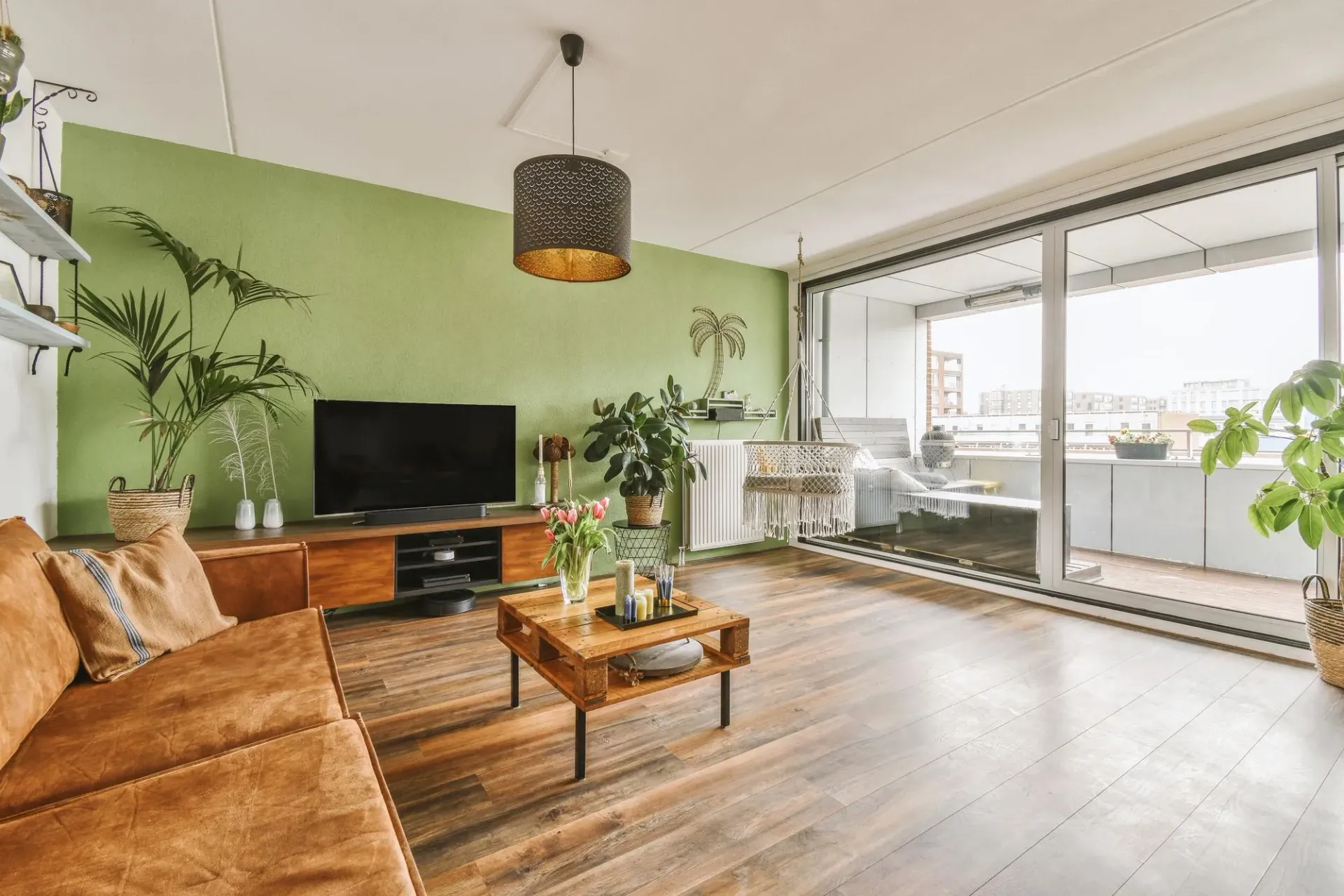
The Value of Interior Painting
Interior painting is equally important, as it directly affects the atmosphere and comfort of your living space. Beyond aesthetics, it contributes to maintaining the cleanliness and condition of your walls and ceilings.
Creating a Personalized Space
Interior painting allows you to express your personal style and create a space that reflects your taste. Whether you prefer bold, vibrant colors or soft, calming hues, the choice of paint can set the tone for each room. Customizing your home's interior with the right paint colors can make it feel more like your own, enhancing your comfort and enjoyment of the space.
Improving Indoor Air Quality
Many modern paints are formulated to be low in volatile organic compounds (VOCs), which can improve the air quality inside your home. Choosing low-VOC or zero-VOC paints can help reduce the number of toxins in the air, creating a healthier environment for you and your family. This is particularly important for households with children, pets, or individuals with allergies or respiratory conditions.
Maintaining Cleanliness and Hygiene
Painted walls are easier to clean and maintain than bare or wallpapered walls. High-quality interior paint is designed to withstand scrubbing and cleaning without chipping or fading, making it easier to keep your home looking fresh and clean. This is especially important in high-traffic areas like kitchens, bathrooms, and hallways, where walls are more likely to get dirty.
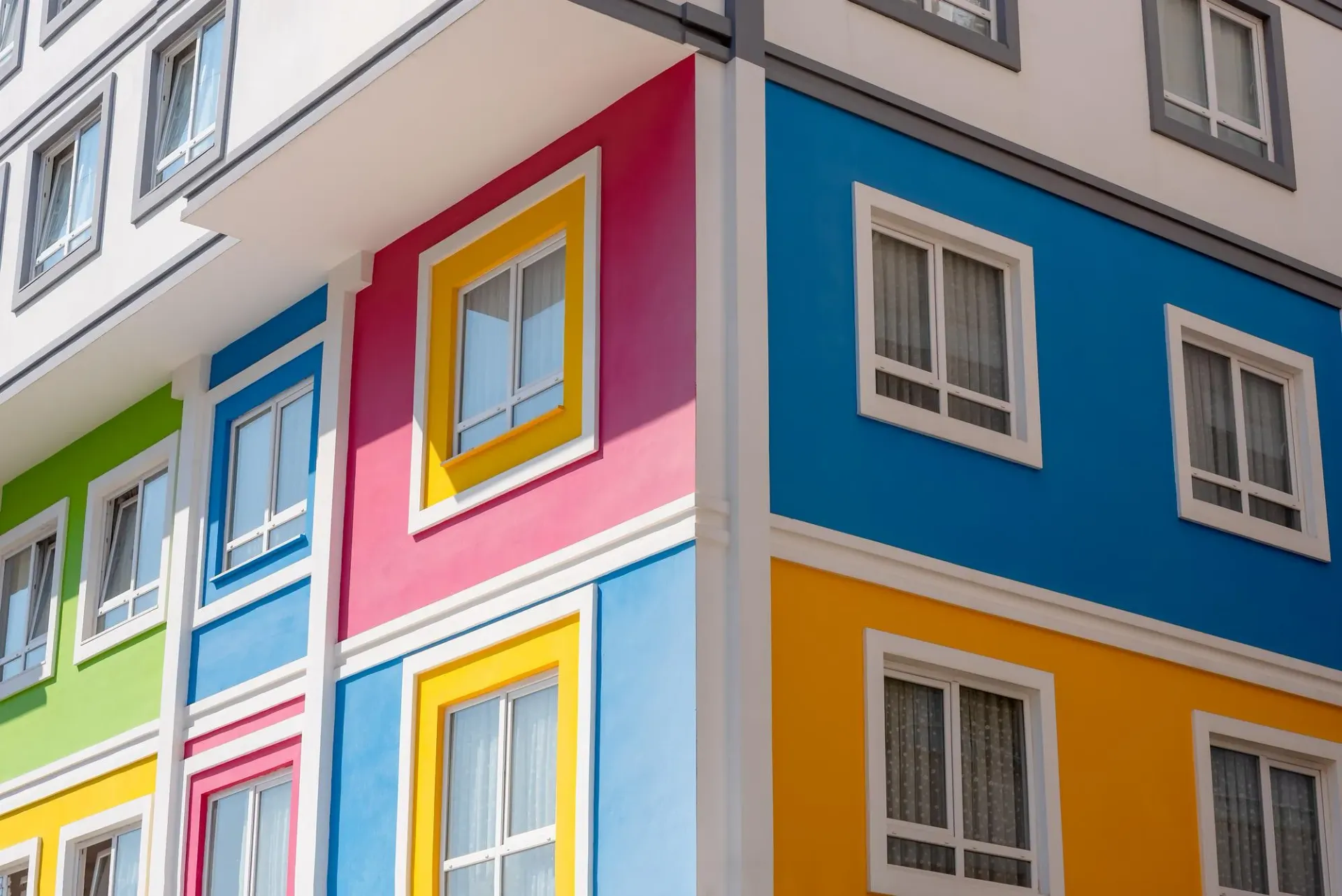
Understanding Commercial Painting
Commercial painting differs from residential painting in both scale and purpose. It involves painting larger structures, such as office buildings, retail spaces, and industrial facilities, where the focus is on functionality, durability, and brand representation.
Reflecting Brand Identity
For businesses, the appearance of their commercial space is often a reflection of their brand. A professional paint job can help create a cohesive look that aligns with your company’s branding. Whether it’s the use of specific brand colors or creating a particular ambiance, commercial painting plays a crucial role in how customers and clients perceive your business.
Ensuring Durability in High-Traffic Areas
Commercial spaces often experience more wear and tear than residential properties. As such, the paint used in these areas needs to be durable and able to withstand frequent cleaning and heavy use. Specialized paints are often required in commercial settings, such as high-gloss paints for easy cleaning or epoxy coatings for floor durability.
Meeting Safety and Compliance Standards
In some industries, commercial painting must adhere to strict safety and compliance standards. For example, certain types of paint may be required in healthcare facilities to ensure a sterile environment, or in industrial settings where fire-retardant coatings are necessary. Professional commercial painters are knowledgeable about these requirements and can ensure that the paint job meets all necessary regulations.
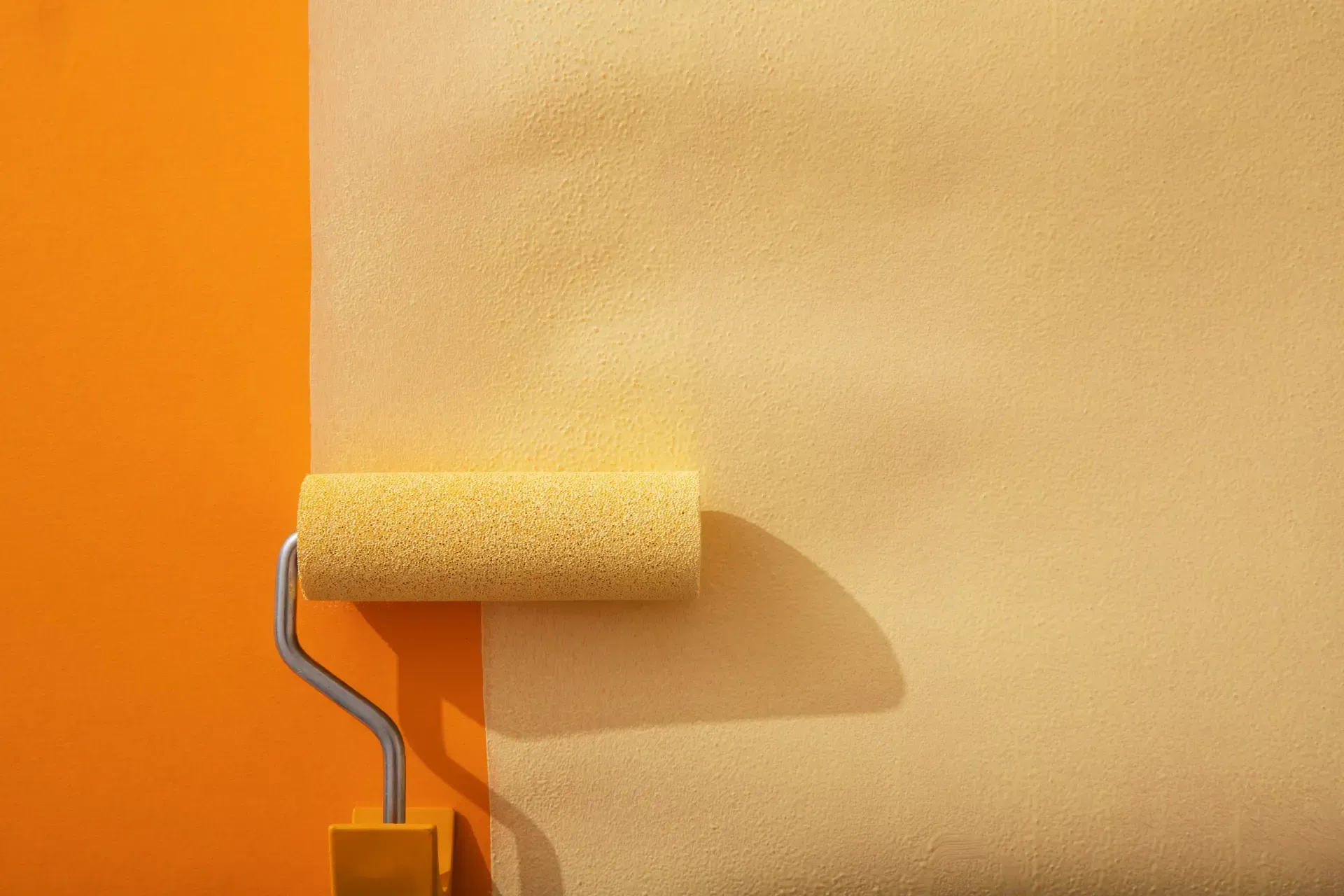
Choosing the Right Paint
Selecting the right type of paint for your project is essential for achieving the best results. Different surfaces and environments require different types of paint to ensure longevity and aesthetic appeal.
Types of Paint Finishes
Paint comes in various finishes, each with its unique properties and best use cases. Common finishes include:
- Matte: Offers a non-reflective finish that is ideal for hiding surface imperfections. Best used in low-traffic areas.
- Eggshell: Provides a subtle sheen and is more durable than matte, making it suitable for living rooms and bedrooms.
- Satin: Has a soft sheen and is easier to clean, making it ideal for high-traffic areas like kitchens and bathrooms.
- Semi-Gloss: Offers a more reflective finish and is highly durable, often used for trim, doors, and cabinets.
- Gloss: The most reflective and durable finish, used for surfaces that require frequent cleaning or in areas that need to stand out.
Considerations for Exterior Paint
When selecting exterior paint, consider factors such as climate, the material of your home's exterior, and the desired aesthetic. For example, homes in humid climates may benefit from mildew-resistant paint, while those in sunny areas might need UV-resistant paint to prevent fading.
Interior Paint Selection
For interior painting, consider the function of each room when choosing paint colors and finishes. Lighter colors can make small rooms feel larger, while darker shades can create a cozy atmosphere. The finish should also be chosen based on the room's use; for example, a semi-gloss or satin finish is ideal for kitchens and bathrooms where walls need to be wiped down frequently.
Preparing for a Painting Project
Proper preparation is key to a successful painting project. Skipping steps or using improper techniques can lead to subpar results and decreased paint longevity.
Surface Preparation
Before any paint is applied, surfaces need to be properly prepared. This includes cleaning the area to remove dirt, dust, and grease, filling any cracks or holes, and sanding rough surfaces. For exterior painting, this might also involve pressure washing and scraping off old paint.
Choosing the Right Tools
Using the right tools is essential for achieving a smooth and even finish. High-quality brushes, rollers, and painter's tape can make a significant difference in the final outcome. For larger projects, professional-grade equipment like sprayers may be necessary.
Safety Considerations
Painting can involve exposure to harmful chemicals, especially if using solvent-based paints. Proper ventilation is crucial, and protective gear such as masks, gloves, and goggles should be worn. For exterior painting, ladders and scaffolding must be used safely to prevent accidents.
Hiring Professional Painters
While DIY painting can be rewarding, there are situations where hiring professional painters is the best option. Professionals have the experience, skills, and tools needed to deliver high-quality results efficiently.
When to Hire a Professional
Consider hiring a professional painter for large or complex projects, such as painting multi-story homes, intricate interiors, or commercial properties. Professionals can also handle tasks that require specialized knowledge, such as selecting the right type of paint for specific surfaces or ensuring compliance with commercial painting regulations.
Benefits of Professional Painting Services
Professional painters bring expertise that ensures the job is done right the first time. They can offer advice on color choices, paint types, and finishes that will best suit your home or business. Additionally, they often have access to higher-quality materials and tools that can lead to a more durable and aesthetically pleasing result.
What to Look for in a Painting Contractor
When hiring a painting contractor, look for qualities such as experience, a solid reputation, and a portfolio of previous work. It's also important to choose a contractor who is licensed and insured, providing peace of mind that your property is in good hands.
Maintaining Your Paint Job
A well-maintained paint job can last for many years, protecting your home and keeping it looking great. Regular maintenance is essential to extend the life of your paint.
Regular Cleaning
Dirt, dust, and mildew can accumulate on painted surfaces, dulling their appearance. Regular cleaning with gentle detergents and a soft cloth can help maintain the fresh look of your paint. For exterior surfaces, pressure washing once a year can remove grime and prevent buildup.
Touch-Ups and Repainting
Over time, paint may start to chip, fade, or peel, especially in high-traffic areas. Performing touch-ups as soon as you notice these issues can prevent further damage. Eventually, a full repainting may be necessary, especially for exterior surfaces that are exposed to the elements.
Monitoring for Moisture and Damage
Keep an eye out for signs of moisture damage, such as bubbling or peeling paint, as this can indicate underlying issues like leaks or rot. Addressing these problems early can prevent more extensive damage and the need for costly repairs.
The Role of Color Psychology in House Painting
Color psychology plays a significant role in house painting, influencing mood, perception, and behavior. Understanding the impact of different colors can help you make informed choices for your home or business.
Choosing Colors for Different Rooms
Each room in your home serves a different purpose, and the color scheme should reflect that. For example, soft blues and greens are calming and ideal for bedrooms, while vibrant reds and yellows can energize spaces like kitchens and dining areas. Neutral tones like beige and gray offer versatility and can make rooms feel more spacious.
Exterior Color Choices
The color of your home's exterior should complement its architectural style and the surrounding environment. Earthy tones like browns and greens blend well with natural settings, while bold colors like navy or black can make a modern statement. When choosing exterior colors, also consider how they will look in different lighting conditions throughout the day.
Commercial Color Strategies
In commercial settings, color can influence customer behavior and perceptions of your brand. Bright, bold colors can attract attention and create a lively atmosphere, while softer, muted tones can convey professionalism and reliability. The choice of colors should align with your brand identity and the message you want to communicate to clients and customers.
The Future of House Painting
The house painting industry is continuously evolving, with new technologies and trends shaping the way we approach painting projects.
Eco-Friendly Paints
As environmental concerns grow, the demand for eco-friendly paints is on the rise. These paints are made from natural ingredients and contain low or no VOCs, reducing their environmental impact. They are also safer for indoor air quality, making them a popular choice for both residential and commercial projects.
Smart Paint Technologies
Innovation in the paint industry has led to the development of smart paints that offer more than just color. These include paints that can change color with temperature, repel dirt and moisture, or even generate electricity. While still emerging, these technologies represent the future of house painting and offer exciting possibilities for homeowners and businesses alike.
Sustainable Painting Practices
Sustainability is becoming a key consideration in the painting industry. This includes using paints made from renewable resources, minimizing waste during the painting process, and choosing products that have a longer lifespan to reduce the frequency of repaints.
The Essential Role of House Painting in Your Property's Longevity
In conclusion, house painting is an essential aspect of property maintenance and improvement. Whether you're focused on protecting your home from the elements, enhancing its aesthetic appeal, or ensuring your commercial space reflects your brand, painting plays a crucial role. By understanding the importance of exterior, interior, and commercial painting, and by making informed choices about colors, finishes, and professional services, you can ensure that your property remains beautiful, functional, and valuable for years to come.
FAQs
What is the importance of exterior painting?
Exterior painting protects your home from the elements, prevents structural damage, and enhances curb appeal, making it an essential part of home maintenance.
How often should I repaint the interior of my home?
Interior walls should generally be repainted every 5-7 years, depending on the quality of the paint, the room's usage, and the level of wear and tear.
Can commercial painting impact my business's success?
Yes, a professional paint job can enhance your business's appearance, reflect your brand identity, and create a positive impression on customers and clients.
What are eco-friendly paints, and should I consider them?
Eco-friendly paints are made with natural ingredients and contain low or no VOCs, making them safer for the environment and indoor air quality. They are an excellent choice for both residential and commercial projects.
Why is surface preparation important before painting?
Proper surface preparation ensures that the paint adheres correctly, leading to a smoother finish and longer-lasting results.
When should I hire a professional painter instead of doing it myself?
Consider hiring a professional for large, complex, or specialized projects, such as multi-story homes, intricate interiors, or commercial properties, where expertise and professional-grade tools are required.
